Chardonnay White Wine Grapes Characteristics Taste and Color
What You Need To Know About Chardonnay White Wine Grapes Characteristics Taste and Color
Chardonnay White Wine Grapes Uncovered: Exploring Their Characteristics, Taste, and Color
At Casa Loce, we believe that understanding Chardonnay is the key to truly appreciating the world’s most versatile white wine. With years of experience in viticulture and winemaking, we’ve seen firsthand how climate, soil, and winemaking techniques transform this iconic grape into everything from crisp, citrusy whites to rich, buttery expressions.
Chardonnay isn’t just the world’s most popular white wine grape—it’s a master of transformation. Having explored vineyards from California’s sun-soaked valleys to Burgundy’s limestone slopes, we’ve witnessed firsthand how climate and terroir shape its character.
In this guide, we’ll break down what truly defines Chardonnay—its signature aromas, evolving flavors, and the subtle hues that signal its style. Plus, we’ll share tips from winemakers on how fermentation techniques and aging choices create everything from crisp, unoaked profiles to full-bodied, buttery expressions. By the end, you’ll be able to decode a Chardonnay’s story with every sip.
Key Takeaways
-
This famous white wine is famous for its grapes’ versatility and resilience.
-
Wines made from these grapes exhibit colors from pale straw to deep golden yellow.
-
Diverse climates shape its flavor profile. It means warmer climates produce different varieties than in colder regions.
-
Aging in oak barrels adds complexity to its flavor.
-
With its distinct taste, it complements many foods.
Origin and Popularity
As intricate and rich as its history, so are the flavors found in the wine this grape produces. During the 1980s, Chardonnay gained massive appeal in America, becoming a favorite white wine in restaurants and residences.
This grape variety thrives in regions around the globe, from its French birthplace to California's sunny vineyards, New Zealand's cool climates, and more. This adaptability allows it to thrive in various soils and climates, leading to its widespread cultivation and appeal.
"Chardonnay, the queen of white wine grapes, embodies versatility and elegance, adapting to diverse climates and soils worldwide. From crisp, fruit-forward expressions to rich, oaky complexities, its flavors captivate wine enthusiasts. With a color spectrum ranging from pale straw to deep golden hues, Chardonnay complements a wide array of dishes, enhancing every dining experience. Whether aged in oak or enjoyed in its purest form, this beloved varietal continues to shape the world of white wines with its timeless appeal."

Characteristics of Its Grapes
They demonstrate versatility and resilience by adapting to diverse vineyard conditions worldwide. Their hardiness enables growth in climates from cool to warm on soil types ranging from chalky to clay. Such adaptability leads to numerous grape variations, each presenting unique flavors and aromas.
Physical attributes further add to their singularity. Typically small to medium in size, these grapes possess thin, delicate skin.
Unpacking Its Taste
This wine's taste varies greatly based on where its grapes originate, each region contributing unique flavor notes.
-
Those from cooler climates tend to exhibit fruity flavors such as apple, pear, and tropical fruits.
-
Those from warmer regions often reveal notes of citrus, melon, plus peach.
-
Aging in oak barrels brings flavors of vanilla, butter, and caramel, providing depth.
Its Beautiful Color
Pale straw to deep golden yellow variations are noticeable, largely swayed by grape ripeness during harvest.
Early harvested Chardonnay grapes, less ripe, yield wines with a lighter, almost greenish tint.
On the other hand, late harvest, when grapes have reached full ripeness, gives the wine a deeper gold tone.
Pairing Suggestions
Food pairings span across a broad spectrum of taste sensations. Here are some pairing suggestions:
1. Cheese lovers: Creamy cheeses, especially Brie or Camembert, pair superbly with it.
2. Seafood enthusiasts: Exquisite seafood dishes such as grilled shrimp or seared scallops benefit from its crisp acidity and fruity undertones.
3. Poultry dishes: Creamy chicken or turkey dishes with buttery stuffing highlight the wine's adaptability.
4. Vegetarian choices: Roasted vegetable dishes or creamy pasta harmonize well with this wine.
Supporting Facts and Statistics
According to the USDA's National Agricultural Statistics Service (NASS), chardonnay remains a leading wine grape variety in California. In 2023, growers cultivated 610,000 acres of wine-type grapes, with Chardonnay and Cabernet Sauvignon ranking as the most widely planted varieties.
The NASS added that in 2012, Washington state growers produced 188,000 tons of wine grapes, with Chardonnay output increasing by 29% from the previous year.
Meanwhile, the U.S. Bureau of Labor Statistics emphasized that as of 2020, wineries in the United States employed nearly 64,000 people, showcasing the industry's vital role in the national economy.
Casa Loce’s Opinion on Chardonnay White Wine Grapes Characteristics Taste and Color
Adored worldwide as a superior white wine, it boasts unique characteristics. At CasaLoce.com, we believe that this captivating wine offers a complex taste, encompassing buttery, fruity, or mineral notes, coupled with its appealing golden hue. Expertly matched with food, it elevates dining experiences.
Frequently Asked Questions
What grape is used in Chardonnay?
The grape used in Chardonnay is the Chardonnay grape itself. It's a green-skinned grape variety used to produce white wine all over the world.
Is Chardonnay oaky or buttery?
Chardonnay can be both oaky and buttery. The oaky flavor comes from the oak barrels in which the wine is often aged. The buttery taste is a result of malolactic fermentation, a process that converts tart malic acid into smoother lactic acid.
Is a Chablis a Chardonnay?
Yes, a Chablis is a Chardonnay. Chablis is a type of wine made in the Burgundy wine region of France, specifically from Chardonnay grapes.
Are Chardonnay and Pinot Noir the same grape?
Chardonnay and Pinot Noir are not the same grape. Chardonnay is a green-skinned grape, while Pinot Noir is a red-skinned grape. Both are used to produce different types of wines.
What are the three types of Chardonnay?
The three types of Chardonnay are unoaked, oaked, and sparkling. Unoaked Chardonnay is crisp and fruit-forward, oaked Chardonnay is rich and buttery, and sparkling Chardonnay is used to make sparkling wines like Champagne.
What do you call a Champagne made entirely from Chardonnay grapes?
A Champagne made entirely from Chardonnay grapes is called a Blanc de Blancs.
Is Chardonnay sweet or dry?
Chardonnay can be both sweet and dry. It depends on the winemaking process and the climate in which the grapes are grown. Cooler climates tend to produce more tart, dry Chardonnays, while warmer climates can produce sweeter, more fruit-forward Chardonnays.
Where do Chardonnay grapes grow best?
Chardonnay grapes grow best in cooler climates. They thrive in regions like Burgundy in France, California's Sonoma Coast, and Australia's Yarra Valley.
Can you eat Chardonnay grapes?
Yes, you can eat Chardonnay grapes. However, they are typically used for winemaking and may not taste as sweet as table grapes.
What is the sweetest wine?
The sweetest wine is typically a dessert wine, such as a late-harvest Riesling, Moscato, or Sauternes.
What's the difference between Pinot Grigio and Chardonnay?
The difference between Pinot Grigio and Chardonnay lies in their flavor profiles and the grapes used. Pinot Grigio, made from the Pinot Gris grape, is typically light, crisp, and refreshing with citrus and green apple notes. Chardonnay, made from the Chardonnay grape, can range from light and crisp to rich and buttery, with flavors that can include apple, pear, citrus, and vanilla.
What makes a Chardonnay buttery?
The buttery flavor in a Chardonnay comes from malolactic fermentation. This process converts sharp, tart malic acid into softer, creamier lactic acid, which gives the wine a buttery taste and smooth mouthfeel.
Join us for a look into our elegant approach to winemaking and gracious hospitality. We welcome our members and their guests by appointment only. Become a member or book an event by visiting CasaLoce.com
Casa Locé
Upper Ojai California
10065 N Ojai Rd, Ojai, CA 93023
https://maps.app.goo.gl/E7YQCnXAFHq1bKz46




